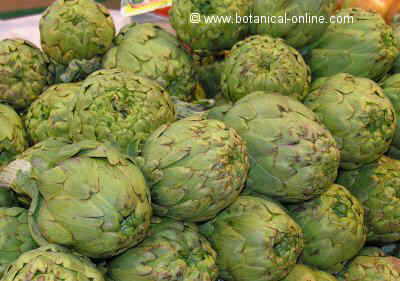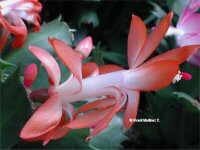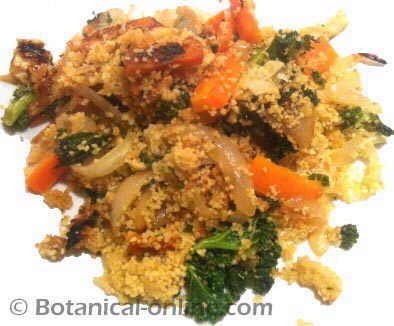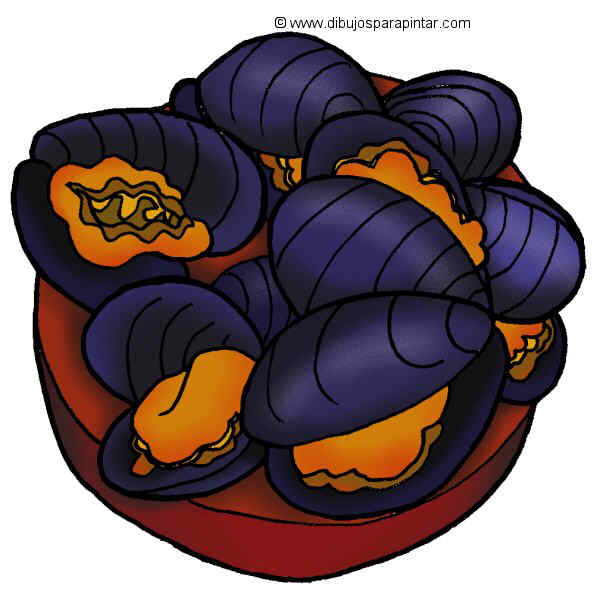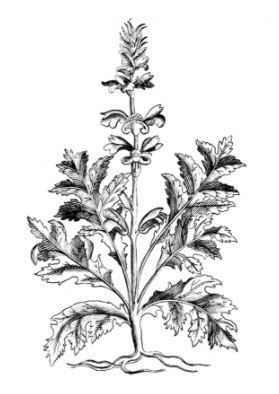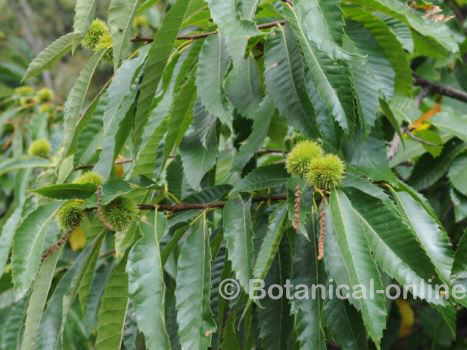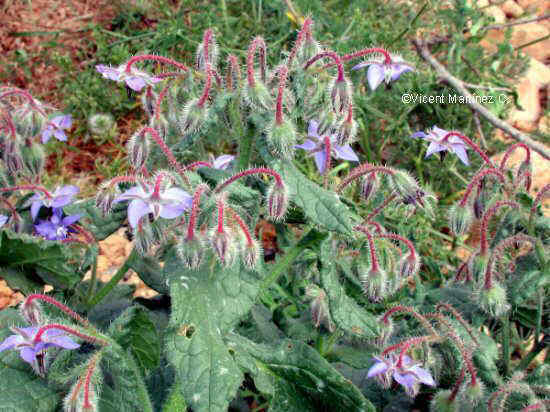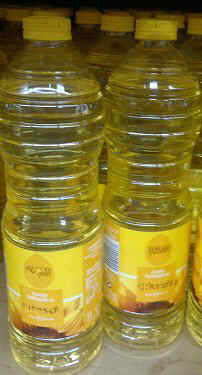Contents
WHAT IS AN ARNICA PLANT?
Characteristics of arnica (Arnica montana)
Common noun: Arnica, Leopard’s bane, Mountain tobacco, Mountain arnica, Wolfbane
Scientific Noun: Arnica montana L.
Family: Daisy family – Compositae
Habitat: Where does arnica grow?
We can find this plant in grasslands and pastures of the mountain areas of North West Europe and North America devoid of lime, in acid soils, poor in nitrogen.
It is a protected species in many European countries since it has ben declining as a result of the search that has been submitted for its medicinal properties.
On the other hand, it is a plant very sensitive to pollution because it can not live in areas with minimal residual nitrogen even with that one which comes from air deposition. The contamination has led this plant to the danger of extinction in many European mountains. Because of this, it has been protected.
Description of arnica
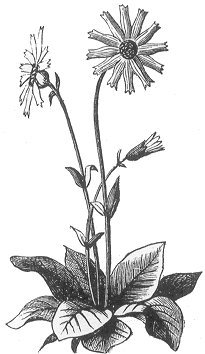
Perennial plant of the daisy family- Compositae- up to 60 cm tall.
Single, hairy flowering stem arising from a basal rosette composed of oval or oblong leaves, very numerous in number, opposite, sessile, veins prominent.
Floral stem leaves opposite, numbering one or two pairs.
Flowers yellow or yellowish orange, very showy, solitary at the end of the flowering stems, up to 8 cm in diameter, but usually do not exceed three.
Collecting and storing
The plant has to be collected immediately after flowering. It must be dried in a shady, airy place and stored in clean well-sealed containers.
We must remember that it is a protected plant, so wild samples can not be picked up.
Components of arnica
- Acids: angelic, formic, fumaric, isobutyric, lactic, succinic (rhizome) caffeic, chlorogenic, gallic, lauric, maleic, stearic, palmitic (flowers).
- Alkaloids: betaine, arnicine (flowers)
- Choline (flowers)
- Sugars: Fructose (flowers) sucrose (roots)
- Helenalin (flowers)
- Dihydrohelenalin (Flowers)
- Carotenes: Luteolin, xanthophyll, zeaxanthin (flower)
- Tannins (roots)
- Mucilage (roots)
- Alcohols: Faradiol, taraxasterol, Arnidiol, beta-sitosterol (Flowers)
- Essential oil rich in thymol
![]() More information on arnica
More information on arnica

